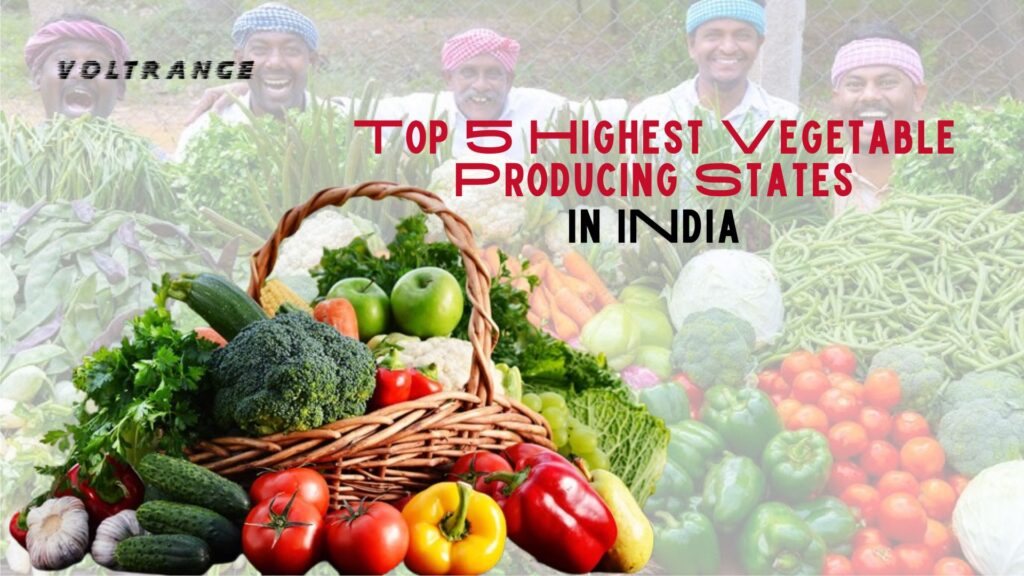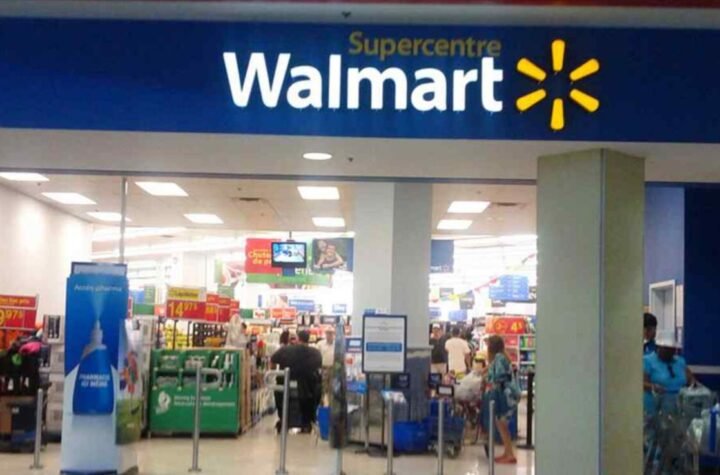
Top 5 Highest Vegetable Producing States in India
The foundation of Indian agriculture lies in the cultivation of vegetables, which plays a crucial role in providing nutrition to the country’s large population and driving economic growth. In 2024, vegetable farming will receive special focus in several key states. Let’s take a closer look at the top 5 states leading vegetable production this season.
1. Uttar Pradesh
Uttar Pradesh continues to dominate vegetable production, holding the title of the largest vegetable-growing state in India. The state benefits from favorable agro-climatic conditions, advanced irrigation systems, and a strong infrastructure that supports agriculture. Districts like Meerut, particularly in the western region, are instrumental in driving vegetable production from both urban and rural areas. What further strengthens Uttar Pradesh’s agricultural output is the state’s modern farming techniques and subsidy programs that help farmers increase productivity and profitability.
2. West Bengal
West Bengal is rising as a significant player in India’s vegetable market. The state’s diverse geography, fertile soil, and abundant water resources create ideal conditions for vegetable farming. Farmers in West Bengal blend traditional farming methods with innovative agricultural practices to grow a wide variety of vegetables. Areas like Hooghly, Bardhaman, and North 24 Parganas not only cater to local consumption but also supply vegetables to restaurants and export markets, showcasing West Bengal’s growing influence in the national agricultural landscape.
3. Maharashtra
Maharashtra is often regarded as a frontrunner in vegetable production, capitalizing on its diverse ecosystems and advanced irrigation systems. The western and central regions of the state, particularly Nashik, Pune, and Ahmednagar, are known for year-round vegetable cultivation. Maharashtra’s expertise in modern farming techniques, including precision farming and crop protection, ensures that the state produces high-quality vegetables, contributing significantly to both the agricultural sector and the overall economy.
4. Andhra Pradesh
Andhra Pradesh is making substantial contributions to India’s vegetable output. The state’s varied landscapes—coastal, semi-arid, and hilly—support a wide range of vegetable crops. Key districts such as Krishna, Guntur, and East Godavari are hubs for vegetable farming, aided by state initiatives in irrigation and agricultural extension services. Andhra Pradesh’s emphasis on organic farming, crop diversification, and farmer welfare programs has enhanced both the quantity and quality of its vegetable production, ensuring that it meets local, national, and international demand.
5. Telangana
Telangana is also emerging as a major vegetable-producing state, thanks to its forward-thinking agricultural policies and infrastructure investments. The state’s semi-arid climate and well-developed irrigation facilities enable year-round vegetable cultivation. Districts like Medak, Rangareddy, and Karimnagar are considered the “vegetable baskets” of Telangana. With a focus on technology adoption, farmer education, and market linkages, Telangana is not only boosting productivity but also improving the livelihoods of rural communities and enhancing food security.
Conclusion:
Small and marginal farmers are the backbone of India’s vegetable production, supported by favorable agro-climatic conditions and government policies aimed at boosting agricultural output. The top five vegetable-producing states—Uttar Pradesh, West Bengal, Maharashtra, Andhra Pradesh, and Telangana—highlight the resilience and strength of Indian agriculture. Despite facing challenges like poverty, floods, and other adversities, the agricultural sector remains a vital contributor to the nation’s economy. With continued innovation, infrastructure development, and a focus on farmer welfare, these states are well-positioned to meet the country’s food needs and drive economic growth in the future.





More Stories
which of the following statements is true about education and lifetime earnings? Complete Guide Here
Statekaidz.com: Education with Fun For Kids 2025
Top 5 Richest States in India by GDP